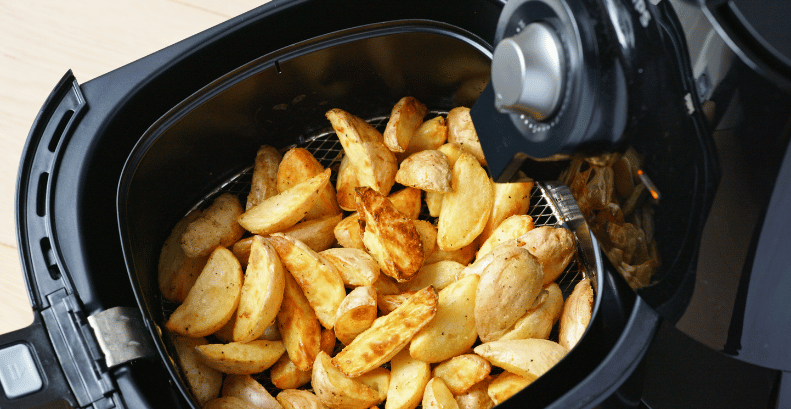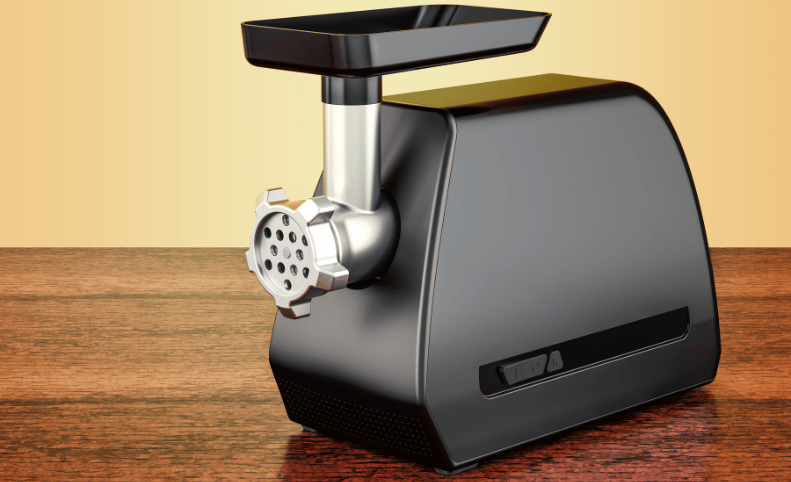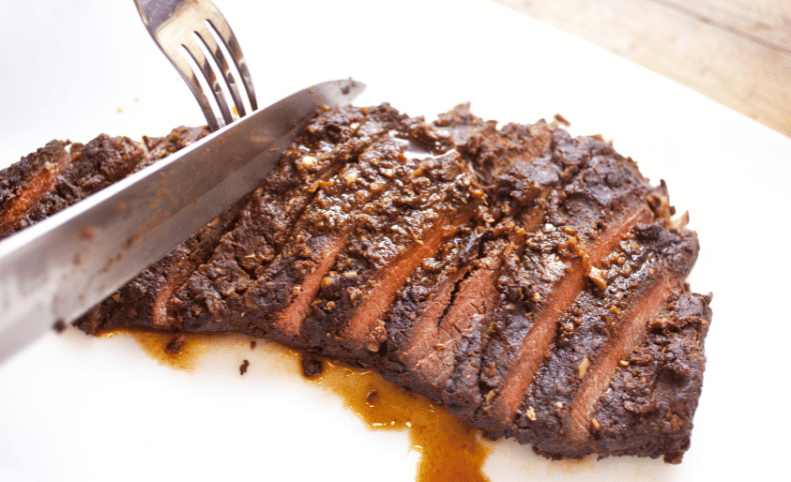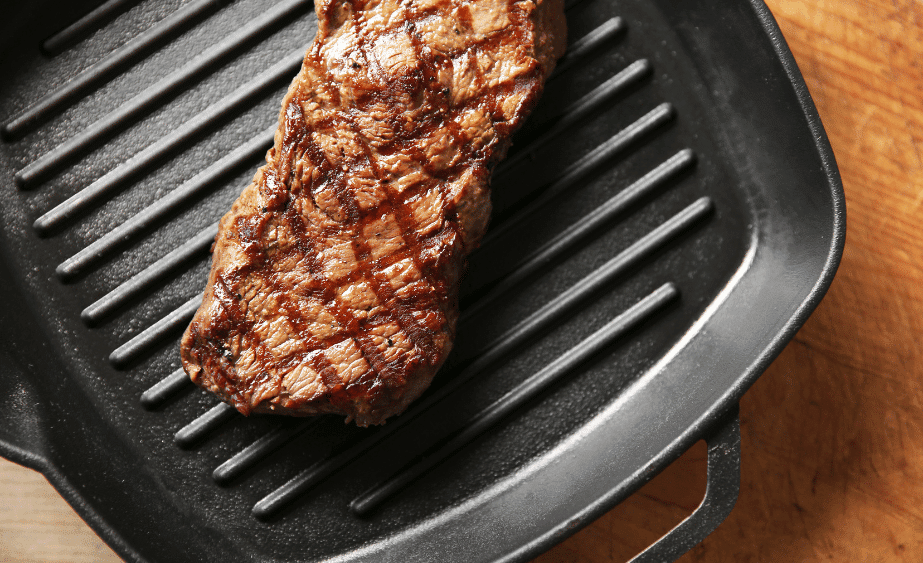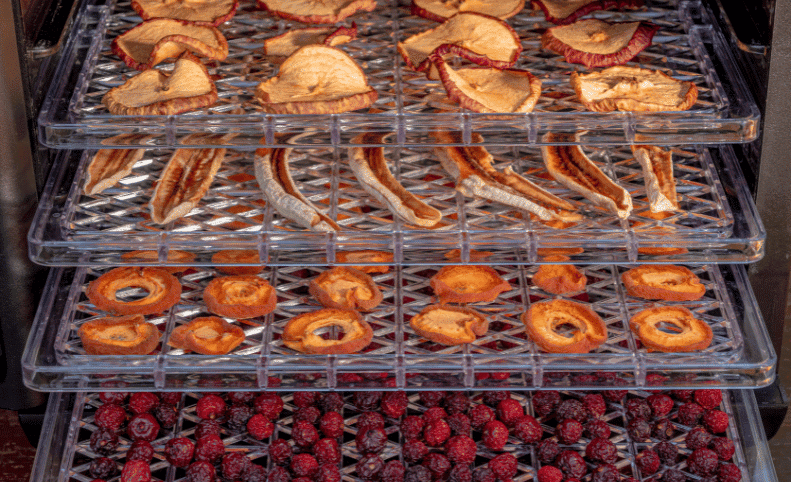

Anyone who is trying their hand at grilling or smoking for the first time may not be aware of the many differences when comparing lump charcoal vs briquettes. Seasoned grillers have a bit more knowledge on the topic and would likely debate one over the other, having chosen a favorite after trying both out.
Technically speaking, both of these fuel options are made from wood but the process used to create them varies, as does the finished product, including how hot and how long they burn, the price, and the mess left over when the grilling is done.
If you have yet to join the lump vs briquettes conversation and are unsure which is the best one to use the next time you fire up your barbecue or smoker, don’t worry. We’ve taken the time to break down the good and bad of both of these options to make your decision much easier.
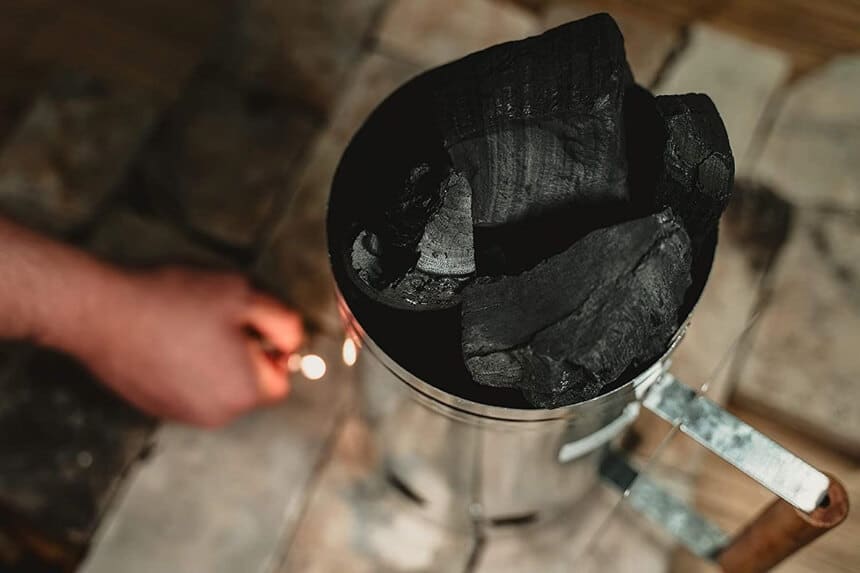
These small pieces of wood are then heated in an environment that has been closed off to maintain the lowest level of oxygen possible. This lack of oxygen is necessary to prevent the wood from igniting and burning away, leaving only ash behind.
The majority of the wood used to make lump charcoal is natural hardwood and other untreated wood, like this Original Natural Charcoal blend, but this isn’t always the case. Sometimes lump charcoal manufacturers add scraps from flooring, which may be treated with stain or finish. These additives add unwanted chemicals to your food as they burn, so it is best to choose brands that leave these finished pieces out of the mix.
There are several benefits when choosing hardwood lump charcoal over briquettes. This type of fuel uses only natural wood, with no additives. It also lights easily and burns hot, though the heat level can be altered relatively easily with vent adjustments. It also doesn’t produce much ash for quicker cleanup when you’re done cooking.
Despite all its good points, lump charcoal does have some downsides. The lump pieces in any bag of charcoal vary in size, so some of them burn faster than others. This can create inconsistent temperatures, which can alter the cooking time.
Lump charcoal also burns faster, so you need to add more during the cooking process. It is also a bit pricey, so you’ll be spending more on charcoal for longer cooks, making these a better choice for grilling than they are for smoking.
Briquettes use a similar technique during production, including the burning process in a low-oxygen environment. The difference is that the briquettes are created using a mix of sawdust and other leftover wood particles that are pressed into a uniform shape.
Unlike lump charcoal, briquettes commonly include a variety of additives to help them maintain their shape, light quicker, and maintain their burn rate. These additives can include starch to bind the materials together, sodium nitrate to speed up ignition, limestone for a uniform color, or borax to help release the finished briquettes from their mold. Some brands choose cornstarch as a more natural binder, though this comes at a higher cost than other briquette types.
If you’re trying to choose between lump charcoal vs briquettes for smoking, the briquettes are the better choice for a few reasons. The consistent size and shape of the briquettes help to maintain an even temperature throughout the cooking process.
They also burn longer, reducing the need to resupply the fuel as often. This feature, combined with the lower cost, helps you save a great deal of money when smoking or grilling, even if you’re doing so every day.
Though briquettes have a lot of good points, some features may have you wondering if they are the best choice. Due to the additives used in briquettes, they do have a more chemical odor than lump charcoal, which could be transferred to your food as it cooks.
Briquettes also take longer to ignite than lump charcoal. Many brands add lighter fluid or other chemicals to speed up ignition, though you can find some without these additives if you take your time when choosing your briquettes. You don’t need these additives either since you can use an electric charcoal starter to light them faster and keep some burning in a separate chimney starter if needed.
Another difference between natural lump charcoal and briquettes is that the briquettes use less wood in their production. This leads to more ash production when they’re burning, so there is more mess to clean up when you’re finished. Though there are low ash options, like the Kingsford Charcoal Professional Briquettes, most of the options available consistently create more ash as they burn.
Now that you know what hardwood lump charcoal and briquettes have to offer, you may be leaning towards one over the other, though making this choice depends on a few factors. These include what you’re using to cook with and what you’re going to be cooking using these fuel types. They are not exactly interchangeable due to how hot and how long they burn, so you may need to swap them out now and then, depending on your meal plans.
The first thing to consider when choosing your fuel is which one burns hotter. Lump charcoal can reach about 1400 degrees Fahrenheit, while briquettes burn between 800 and 1000 degrees Fahrenheit. You may think that this makes lump charcoal the better option since it achieves a higher temperature but this isn’t always the case.
For instance, grilling something that requires a nice sear on the outside while maintaining a rare or medium-rare level on the inside needs higher heat. This can include foods like steaks or burgers since many people prefer their flavor when they aren’t cooked all the way through.
Pork chops or chicken, both of which should be cooked all the way through before eating, doesn’t need such high heat. Cooking them at too high a temperature will dry them out and ruin their flavor, so a lower heat and longer cook time are best for these meats.
Of course, you can adjust the temperature of both options by opening or closing the vents on your grill or smoker. You can also arrange the lump charcoal or briquettes to have direct and indirect heat as needed.
Briquettes last longer than lump charcoal due to their pressed, uniform shape and the additives that hold them together. This makes them a better option for smoking or slow cooking since you don’t have to add fuel as often to keep them going.
Another thing to consider when choosing between lump charcoal and briquettes is the price. Lump charcoal is made up of natural wood pieces that are processed to create this type of fuel. This makes it a more expensive option than the briquettes, which are a combination of smaller wood particles and additives. If you are on a budget, you may want to stick with the briquettes for your grilling needs.
Yes, you can mix lump charcoal and briquettes, though layering them is the best option. To do this, you may want to lay out a bed of lit briquettes and then add a layer of lump charcoal on top. You can also create dual zones with them, using the lump charcoal for the hotter side and the briquettes for a lower temperature.
There is no right option when choosing between lump charcoal and briquettes for your grilled and smoked meals. Both of these fuels have a few benefits and some downsides to consider that may have you leaning to one over the other. Of course, adding what you’re cooking and how you plan to cook it to the mix may help you make your decision since they vary in their cooking temperature and time, so you may end up swapping out one for the other with different meals.
When joining the lump charcoal vs briquettes debate, you may also want to consider whether they contain additives or not, as well as the price of each option. You don’t need to stick with one or the other, either, so keep your mind open when choosing the fuel for your next outdoor meal.
